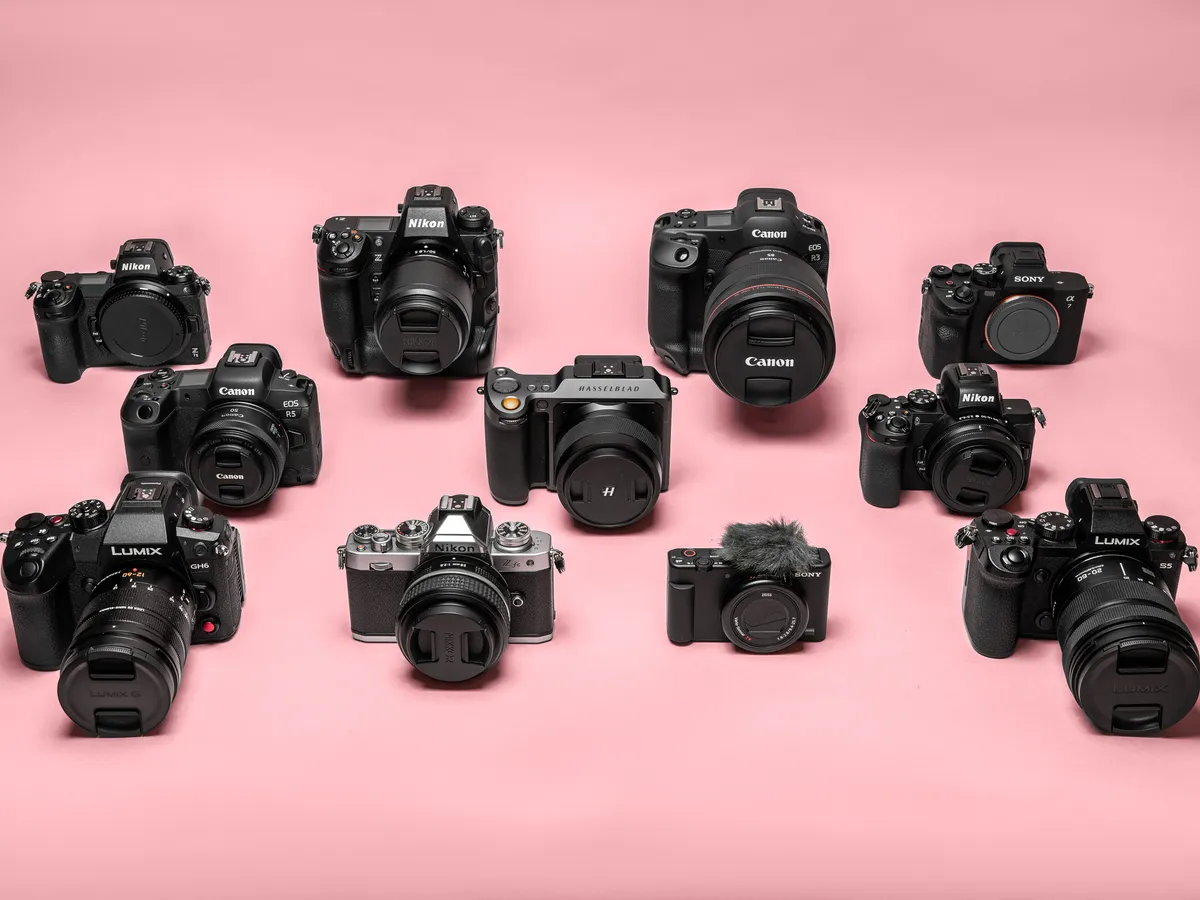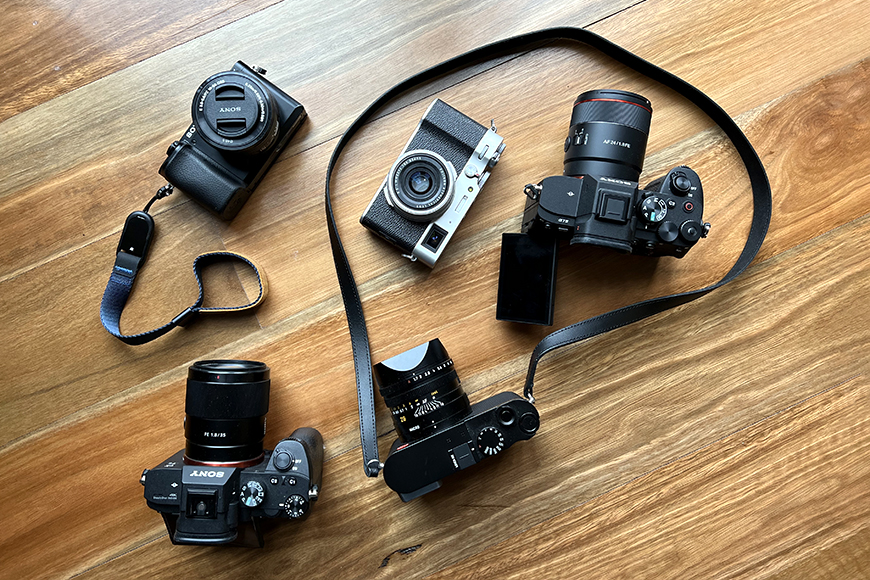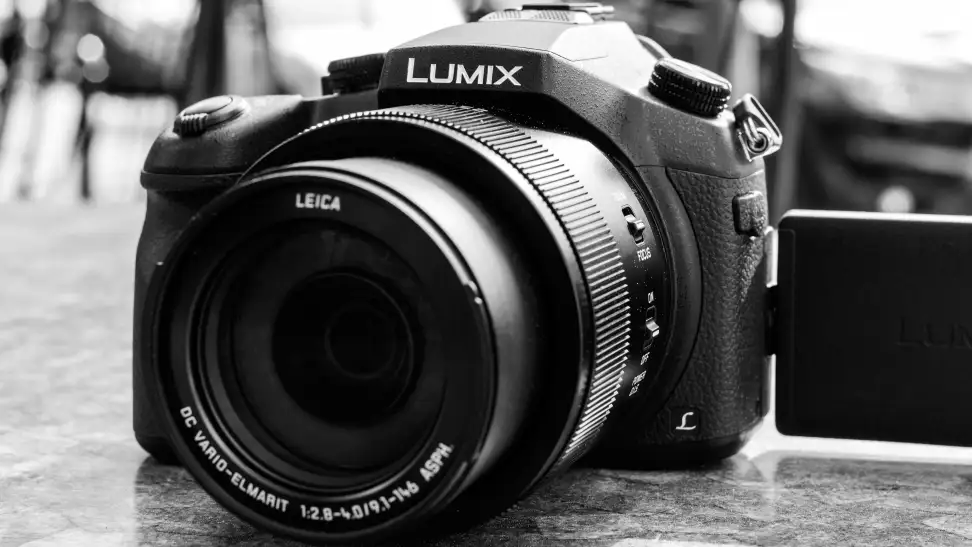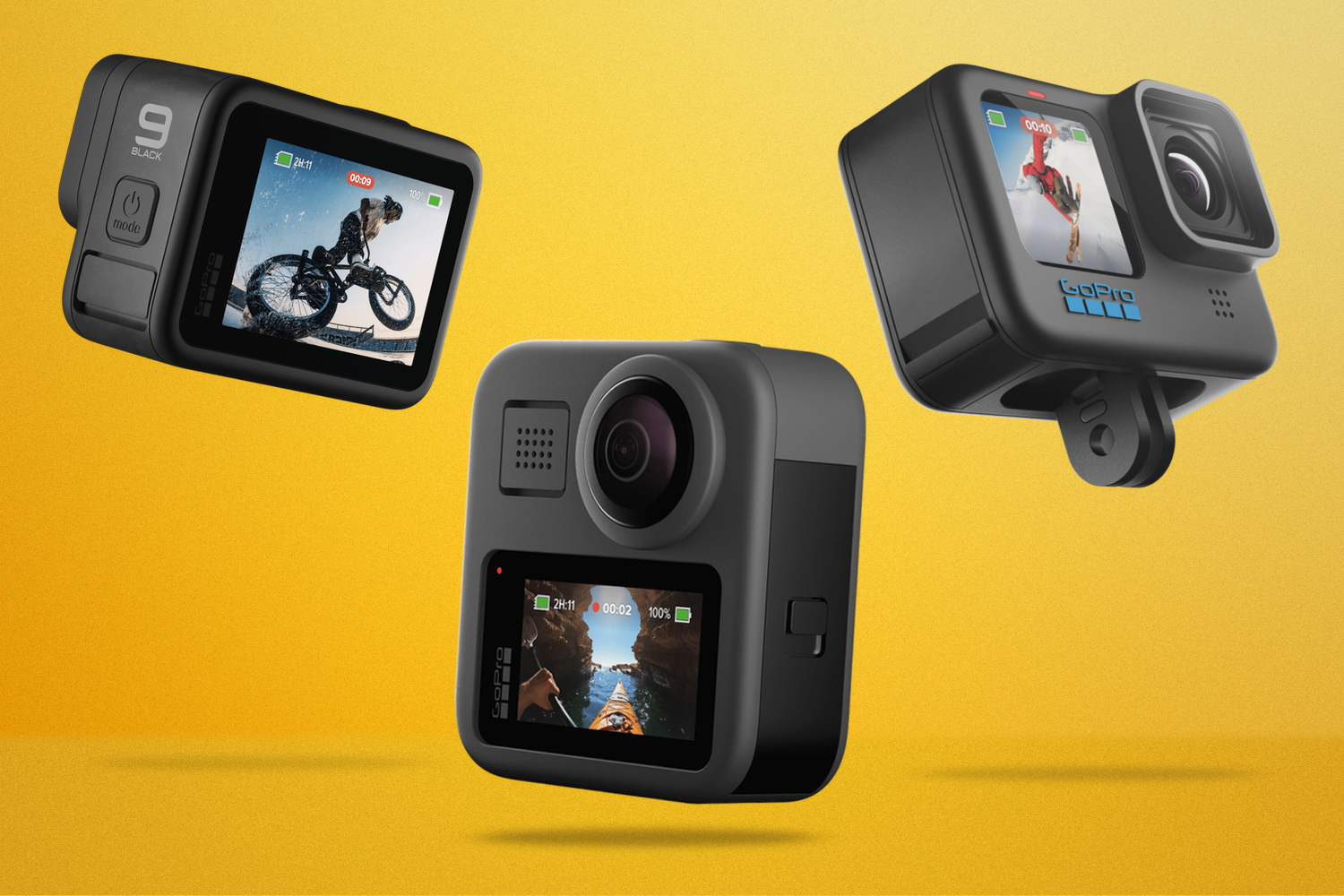Selecting the appropriate camera can prove to be a challenging endeavor, given the extensive array of choices available in today’s market. Whether you find yourself as a beginner photographer in search of your inaugural camera or a seasoned professional seeking an upgrade, this comprehensive guide aims to simplify the process and empower you to make an educated decision.
- Clarify Your Photographic Objectives
The foremost step in the camera selection journey revolves around defining your photography goals. Are you inclined towards casual photography, professional pursuits, travel adventures, sports coverage, or capturing cherished family moments? This initial self-assessment will serve as your compass, leading you to the camera type that aligns with your specific requirements.
- Familiarize Yourself with Diverse Camera Types
Cameras manifest in various types, each with its unique attributes and limitations:
- Point-and-Shoot Cameras: Compact and user-friendly, these cameras cater to beginners and casual photographers. They are celebrated for their simplicity, portability, and budget-friendly options.
- Mirrorless Cameras: The realm of mirrorless cameras beckons enthusiasts and professionals alike with their interchangeable lenses, excellent image quality, and more compact form factor when compared to DSLRs.
- Digital Single-Lens Reflex (DSLR) Cameras: Renowned for their optical viewfinders and versatile performance, DSLRs maintain their popularity among professional photographers owing to their exceptional image quality and an extensive selection of lenses.
- Action Cameras: These diminutive, rugged cameras have been tailor-made for capturing high-octane action and daring exploits. Their waterproof and shockproof attributes render them indispensable for extreme sports and outdoor escapades.
- Establish Your Budget
Your budget stands as a pivotal determinant in your camera choice. Cameras span a wide spectrum of price points, necessitating the establishment of a budget that you commit to. It’s vital to recognize that your budget should encompass not only the camera body but also lenses, accessories, and memory cards.
- Assess Key Features
With your camera type and budget delineated, it’s time to scrutinize essential features:
- Image Sensor: Generally, larger sensors correlate with superior image quality. While full-frame sensors are favored by professionals, APS-C and Micro Four Thirds sensors can also yield remarkable results.
- Megapixels: While higher megapixels offer enhanced detail, they are not the solitary determinant of image quality. Cameras with moderate megapixel counts can still yield outstanding photos.
- ISO Range: Seek a camera with an extensive ISO range to excel in low-light conditions.
- Lens Compatibility: If you opt for a mirrorless or DSLR camera, ascertain the availability of lenses that align with your photographic style.
- Image Stabilization: This feature mitigates blur caused by camera shake, particularly valuable in low-light settings or when utilizing telephoto lenses.
- Video Capabilities: For those interested in videography, scrutinize the camera’s video resolution and frame rate options.
- Hands-On Testing and Review Analysis
Before making the ultimate choice, consider visiting a camera store to experience different models firsthand. Additionally, perusing reviews from experts and fellow users can furnish invaluable insights into a camera’s performance, user-friendliness, and robustness.
In conclusion, the quest for the ideal camera hinges on a meticulous comprehension of your photographic aspirations, selecting the camera type that resonates with your objectives, establishing a budget, evaluating crucial features, and engaging in hands-on assessments. By adhering to these guidelines and conducting thorough research, you can confidently select a camera that aligns with your vision, empowering you to capture stunning images for years to come.



